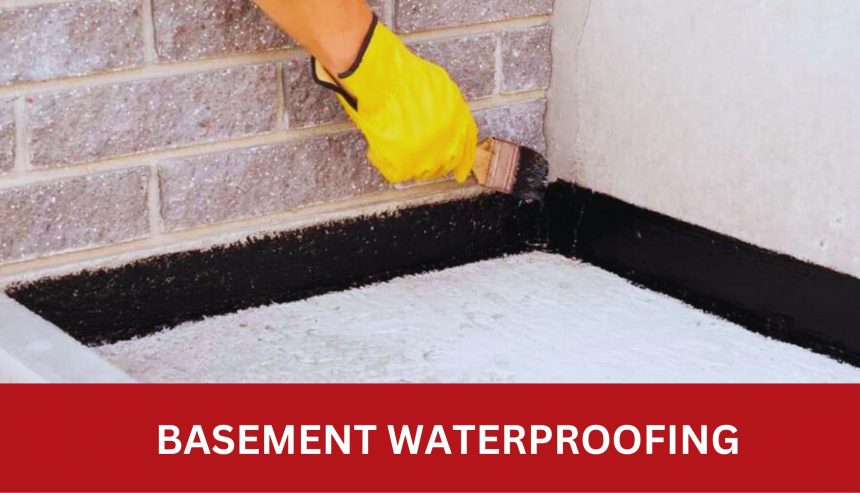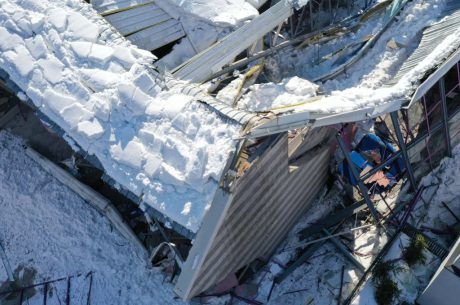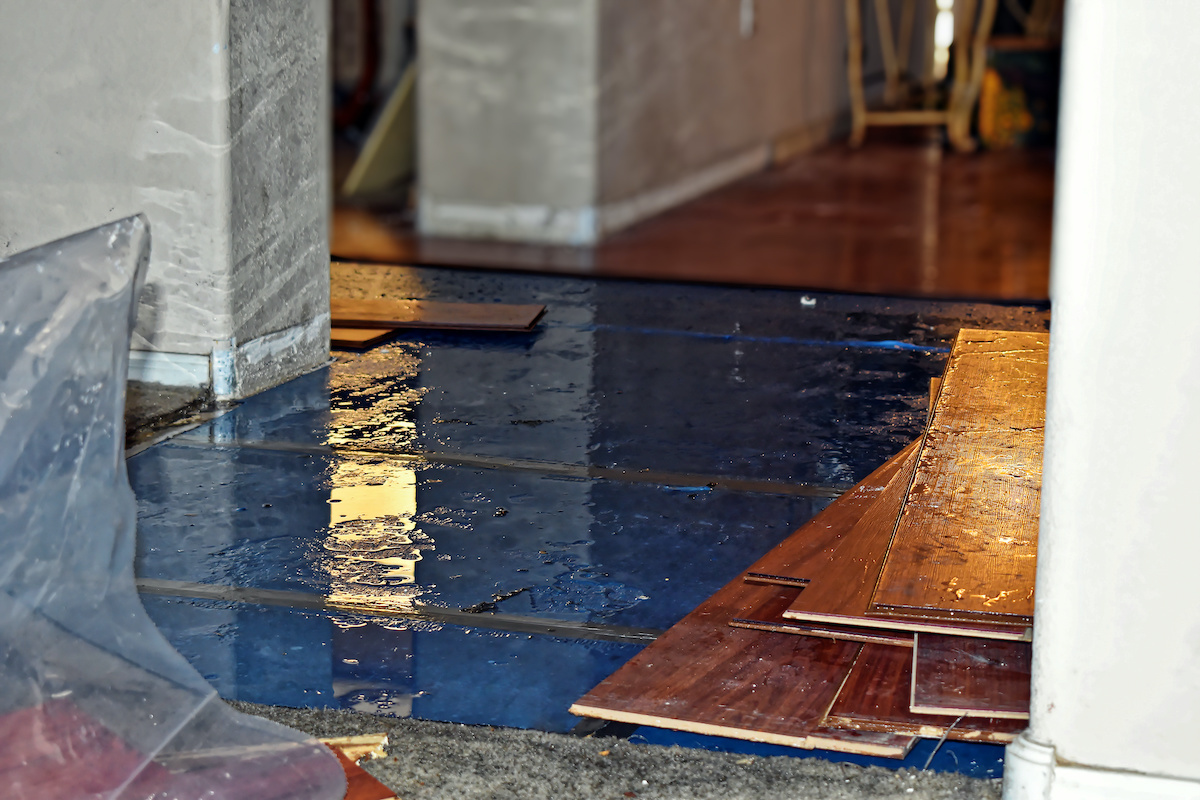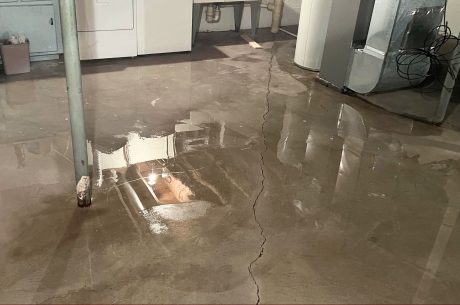Basements contribute to your home’s value and can function as extra storage or living space, yet they often face challenges like moisture buildup and water seepage, rendering them ineffective. Damp basements not only inconvenience but also pose risks, potentially causing structural harm and compromising indoor air quality.
This guide elucidates the concept of basement waterproofing, its role in resolving moisture problems, and various waterproofing techniques available to address such issues.
What Is Basement Waterproofing?
Basement waterproofing refers to the process of making the underground space beneath a building impervious to water, preventing moisture infiltration and water damage.
This involves applying various techniques and materials to create a barrier against groundwater, rain, or other sources of water intrusion. The goal of basement waterproofing is to maintain a dry, stable environment in the basement, thereby protecting the structure of the building and improving indoor air quality.
Types of Basement Waterproofing:
Interior Waterproofing: This method involves installing drainage systems, sump pumps, and vapor barriers inside the basement to manage water that has already entered the space.
Exterior Waterproofing: Exterior waterproofing involves excavating around the foundation of the home to apply waterproof membranes, sealants, and drainage systems to prevent water from reaching the basement walls and floor.
Crawl Space Encapsulation: This technique involves sealing and insulating the crawl space beneath a home to prevent moisture infiltration and improve overall air quality.
How Does Basement Waterproofing Work?
Basement waterproofing works by creating barriers and drainage systems to prevent water from entering or accumulating within the basement. Interior methods typically manage water that has already entered, while exterior methods prevent water from reaching the basement walls and floor in the first place.
Average Costs for Basement Waterproofing:
The cost of basement waterproofing varies depending on factors such as the size of the basement, the extent of water damage, the chosen waterproofing method, and the geographic location. On average, interior waterproofing can cost between $2,000 to $6,000, while exterior waterproofing may range from $8,000 to $15,000 or more. But it is best to reach out to your estimator to get correct cost.
Pros and Cons of Waterproofing Your Basement:
Pros:
- Protects the structural integrity of the building.
- Improves indoor air quality by preventing mold and mildew growth.
- Creates usable living or storage space in the basement.
- Increases the resale value of the home.
Cons:
- Can be expensive, especially for extensive waterproofing projects.
- Some methods may require excavation or significant disruption to landscaping.
- Not always a one-time solution; ongoing maintenance may be necessary.
- May not be effective if underlying issues such as poor drainage or foundation problems are not addressed.
Benefits of Basement Waterproofing
Prevents Water Damage:
The primary benefit of basement waterproofing is its ability to prevent water damage to the foundation, walls, and floors of the basement. By keeping moisture out, waterproofing helps maintain the structural integrity of the home.
Reduces Mold and Mildew:
Moisture in basements creates an ideal environment for mold and mildew growth, which can negatively impact indoor air quality and pose health risks. Waterproofing prevents moisture buildup, thus reducing the likelihood of mold and mildew growth.
Increases Living Space:
A dry, waterproofed basement can be transformed into usable living space, such as a family room, home office, or extra bedroom. This increases the overall square footage of the home and adds value to the property.
Protects Belongings:
Basements often serve as storage areas for valuable belongings. Waterproofing helps protect these items from water damage, ensuring that they remain safe and in good condition.
Improves Energy Efficiency:
Waterproofing can also contribute to improved energy efficiency by sealing cracks and gaps that allow air leakage. This helps maintain a more consistent temperature in the home, reducing the workload on heating and cooling systems.
Enhances Property Value:
A waterproofed basement adds significant value to a home, making it more attractive to potential buyers. It demonstrates that the homeowner has taken proactive steps to maintain the property and protect it from water damage.
Conclusion
Basement waterproofing is essential for protecting your home from water damage, maintaining structural integrity, and improving indoor air quality. By understanding the types of waterproofing available, how they work, and the associated costs and benefits, homeowners can make informed decisions to safeguard their basements against moisture-related issues.




 PuroClean Emergency Recovery Services
PuroClean Emergency Recovery Services